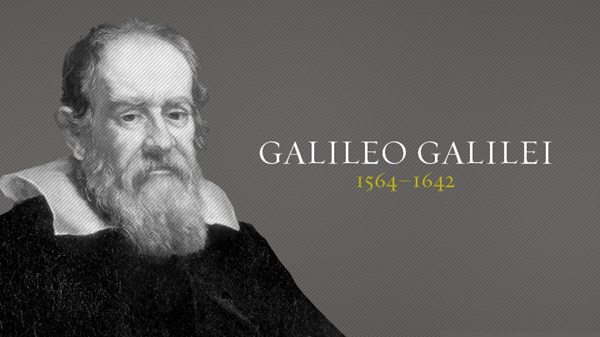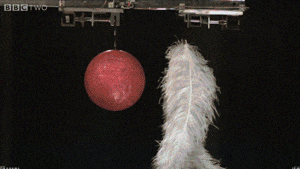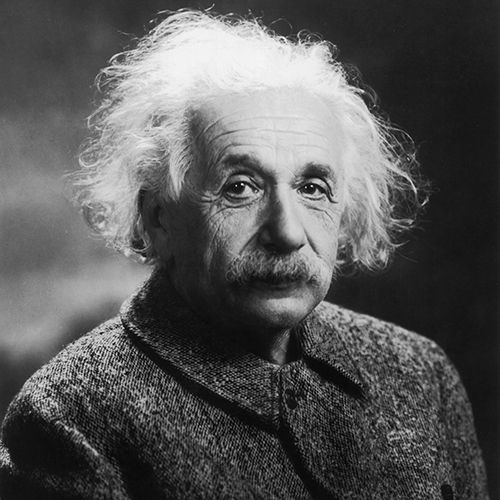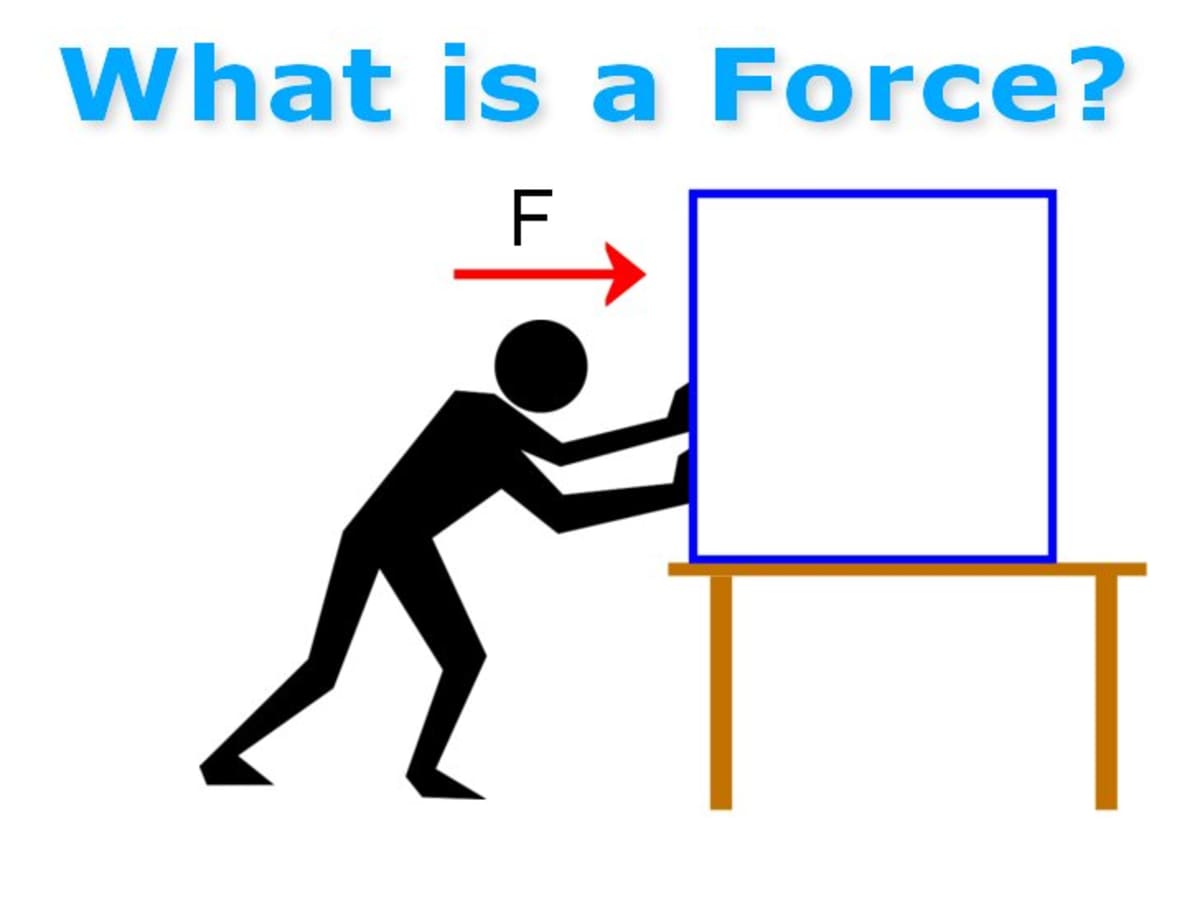Welcome to the year of physical science!
What is meant by "physical science?"
What does physical mean?
Physical means things we can use our senses to notice. They are touchable, seeable, hearable, smellable, tasteable.
The physical sciences are the areas of science that deal with non-living, natural things that we can sense.
Like what? What does that really mean?
Basically, this year will be split between learning about the things that make up everything in our universe (matter, atoms, elements, and chemistry) and the forms of energy we can sense (kinetics, electromagnetism, wave, thermal, and nuclear).
But what does science mean? Here is a link to the science page.
So, a few quick topics will influence much of the rest of this course, so we will cover them now.
Matter. We will be learning about the physical things. They are called matter. Simply put: matter is anything that has mass and takes up space.

There are different states of matter and properties that it has. It is made of atoms and elements. But all of this is for later units.
Energy is the ability to cause movement / do work. There are many forms that will be our units of study beginning in the winter.
The two types I want you to know about at this point are kinetic and potential.
(133).jpg)
As you can see, potential is stored energy and kinetic is energy of motion. This is true regardless of the form (your lunch has potential chemical energy in it, as you eat and digest it, it becomes kinetic energy for you to run around).
friction is the force resisting movement. We cannot escape it here on Earth.

gravity is a force exerted by all obects that have mass.
There are three scientists who made huge contributions to our understanding of gravity.
The first is Galileo Galilei. 
He lived in Pisa and dropped objects from the tower there. He noticed that everything falls at the same rate. Everything accelerates at the same rate (meaning it falls faster and faster, but at a constant acceleration--9.8 m/s2) until it hits its terminal velocity.

As you can see, people had thought heavier things would fall faster, but they did not!
Here it is in slow motion:
 This was done in a vacuum chamber to remove air friction.
This was done in a vacuum chamber to remove air friction.
Terminal velocity is the speed at which it stops accelerating and just continues to fall at that speed. The main factors influencing terminal velocity are the objects density and size.
Meaning if you drop a feather and a brick, they both fall at the same rate at first. However, the less dense feather will hit its maximum speed pretty soon whereas the brick will continue to accelerate much more.
The next person is Issac Newton. 
He lived in England and discovered all sorts of things. As for gravity, he figured out that everything that has mass, has gravity! This was huge. Yes, the Earth has gravity, but so do you. He even calculated the formula for how much gravity there was between any two objects:

This states that the force of gravity is equal to the mass of object 1, times the mass of object 2, divided by the distance between them (squared). Essentially, the more massive you are, the more gravity you have. The farther away you are, the less gravity there is.
The third person is Albert Einstein. 
He was born in Germany and did theoretical physics. That means that unlike Galileo who observed objects falling, or Newton who observed the pull of gravity in small things, Einstein simply thought up things and let other people come up with experiments to test them. One such theory was his general theory of relativity. In it, he states that space and time are one fabric. Matter can distort this fabric, warping space-time around it in an effect we feel as gravity. Sounds complicated, but here it is in an image:

Essentially, objects fall down towards massive ones. Think of a bowling ball on you bed. It would make a distortion that you would fall towards. While this is pretty complex, evidence supports this theory as space and time seemed to be linked and Newton's gravity falls apart when looking at really massive things or tiny things.
The last term you should know before moving forward with this year's study is force. We will use this term a lot. We actually just did since gravity is a force, as is friction. A force is a push or pull on an object resulting in that object's interaction with another object.

Are you ready for the overview test?
What does physical mean?
What is matter?
What is energy?
Contrast potential and kinetic energy.
What is friction?
What did Galileo discover about gravity?
What is terminal velocity?
What was so important about Newton's gravitational discovery?
What influences the force of gravity?
What is a force?